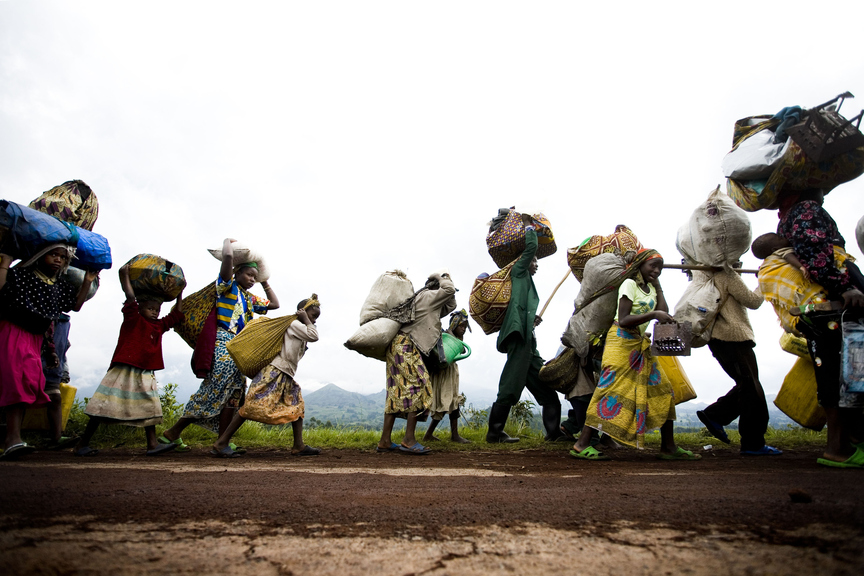
R
E
V N
E
X
T
Eight years ago on a summer morning in Hong Kong, a tall young man arrived at the offices of the local paper to begin his internship as a photographer. With watchful eyes and a smile exuding quiet confidence, he went about his work. Dominic Nahr saw things differently than other photographers at the scene. After a week of going through the daily routine of covering assignments—from protest to portraiture and press conferences—it was clear that he would one day be recognized for his vision and sensibility.
Nahr was born in Switzerland, raised in Hong Kong, studied in Toronto and now based in Nairobi, Kenya. Among many of his accolades, Nahr was awarded the Oskar Barnack Newcomer Award in 2009; Pictures of the Year International Awards in 2012; and World Press Photo in General News Single category in 2013. He is currently a contract photographer for TIME and his work is represented by O’Born Contemporary Gallery in Toronto, Canada.
Since 2006, Nahr has covered more distance and witnessed more historical events than anyone might have in their entire lifetime. He has documented stories across the African continent, from Somalia to Senegal, Mali to South Africa. He was also a witness to the Arab Spring in Egypt, famine in Somalia, border conflict between the governments of Khartoum and Juba, political unrest and terrorist attacks in Kenya, and war in the Democratic Republic of Congo.
In March of 2011, Nahr arrived 12 hours after the earthquake hit Japan, laden with the mourning process of the recent loss of his father. In an interview with Fader magazine, Nahr said: “Japan was perfect for the state I was in. I was sleeping in a temple at one point. The temple was still standing in this city with, I think, like 30 other people who had all lost family members. It was really cold, we were all over our fires and we were sleeping in the same room together. We were right next to each other in perfect order with tiny little mattresses all perfectly in the same grid system. I did that for five or six days. I really found peace with what I was going through personally. It changed the way I shot. I was trying to find narrative that wasn’t directly connected to news, but connected to the people and what I felt there.”
Over the next three years, Nahr returned over several trips to continue his documentation of the Tohoku earthquake, tsunami and the nuclear fallout in Fukushima. He is currently producing a publication that takes a critical but empathetic look at the aftermath. When asked by Leica.com whether photography can change the world, Nahr responded, “I am not sure if photography can change the world or help the subjects’ lives. I believe in recording history, because if I don’t, who is to say it really happened.”



